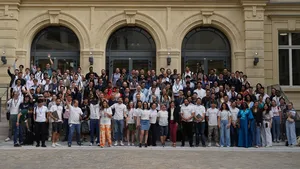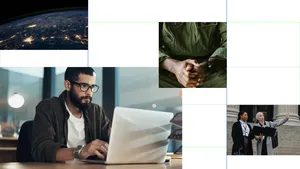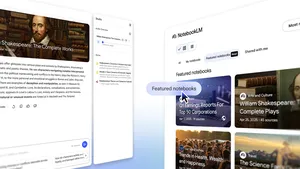How Tim Shaw regained his voice
His entire life, Tim Shaw dedicated himself to football and dreamed of playing professionally. At 23, his dream came true when he was drafted and spent six years as an NFL linebacker. Then, in 2013, Tim felt his body begin to change. It started with small muscle twitches or bicep spasms; once, a gallon of milk slipped out of his hand while he was unloading groceries. During a game when he was perfectly positioned to tackle his opponent, his arm couldn’t hang on and the player slid past. His performance kept inexplicably declining and just before the 2013 season, Tim was cut from the Titans.
Five months later, Tim was diagnosed with Amyotrophic Lateral Sclerosis (ALS, also known as Lou Gehrig’s disease). With no known cause or cure, ALS not only impacts movement, but can make speaking, swallowing and even breathing difficult. Through our partnership with the ALS Therapy Development Institute, we met Tim and learned that the inability to communicate was one of the hardest parts of living with the disease. We showcase Tim’s journey in the new YouTube Originals learning series “The Age of A.I.” hosted by Robert Downey Jr.
For many people with ALS, losing their voice can be one of the most devastating aspects of the disease. But technology has the potential to help. Earlier this year, we announced a research project called Project Euphonia, which aims to use AI to improve communication for people who have impaired speech caused by neurologic conditions, including ALS. When we heard Tim's story, we thought we might have a way to help him regain a part of identity he'd lost—his voice.
Current text-to-speech technology requires at least 30-40 minutes of recordings to create a high-quality synthetic voice—which people with ALS don’t always have. In Tim’s case, though, we were able to pull together a bank of voice samples from the many interviews he had done while playing for the NFL. The DeepMind, Google AI and Project Euphonia teams created tools that were able to take these recordings and use them to create a voice that resembles how Tim sounded before his speech degraded; he was even able to use the voice to read out the letter he’d recently written to his younger self. While it lacks the expressiveness, quirks and controllability of a real voice, it shows that this technology holds promise.
"It has been so long since I've sounded like that, I feel like a new person,” Tim said when he first heard his recreated voice. “I felt like a missing part was put back in place. It's amazing."
In the aforementioned letter, Tim told his younger self to “wake up every day and choose to make a positive impact on other people.” Our research and work with Tim makes us hopeful we can do just that by improving communication systems and ultimately giving people with impaired speech more independence. You can learn more about our project with Tim and the vital role he played in our research in “The Age of A.I.” now streaming on YouTube.com/Learning.







